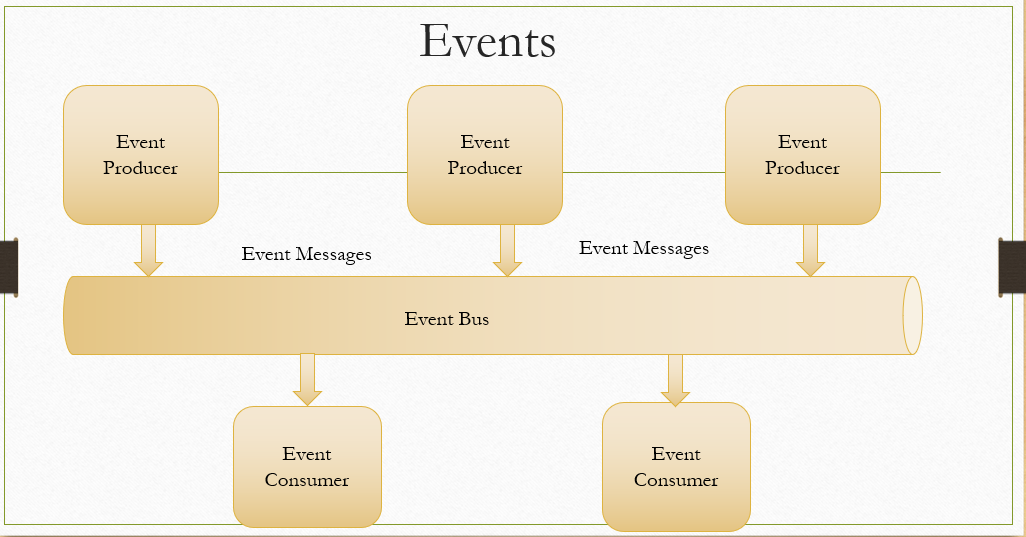Integration Using Salesforce Connect - Part 3 - Considerations
In the previous 2 posts, we saw how we can use different adaptors to access and display data from an external system using Salesforce connect. Let us see some additional considerations on, when we can select Salesforce Connect as an integration Option.
Usually when we need to frequently display or modify data from an external system in Salesforce, but you don't want to store that in Salesforce, Salesforce connect is a good Integration option. But consider the below factors before you make your Integration option as Salesforce Connect.
1. Salesforce Connect - License Considerations
Salesforce Connect is an Add-on license. Based on the Salesforce documentation, if we purchase 1 license the usage is like below:
That means:
- You can use one license in 1 org only
- If you want to connect to a different non-salesforce data source, you need to purchase an additional license
- You can connect up to 5 different Salesforce org using a single license
2. Salesforce Connect - Rate Limits
3. Handling High Data Volume
If we need to skip the rate limits mentioned above for large data volumes, we can choose high data volume option while creating External Data Source.
- Access via Lightning Experience
- Access via Mobile experience
- Reports and Dashboards
- Writable External Objects
- Recent Items availability
- Record Feeds
- Salesforce Classic console
- External object search displays only the top 25 records
- Search is supported only in Text, Text area fields
- External Objects don't support the below operators:
- INCLUDES
- LIKE
- EXCLUDES
- toLabel()
- External Objects don't support below in SOQL
- AVG
- COUNT()
- HAVING
- GROUP BY
- MAX()
- MIN()
- SUM()








Comments
Post a Comment